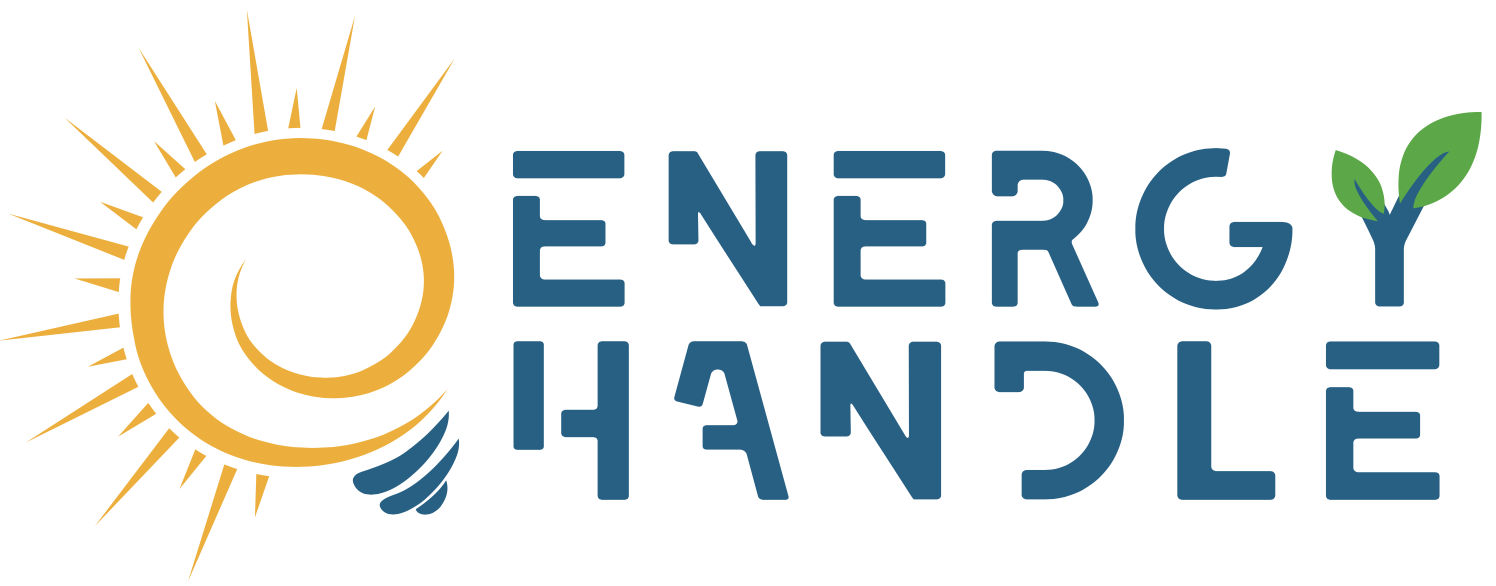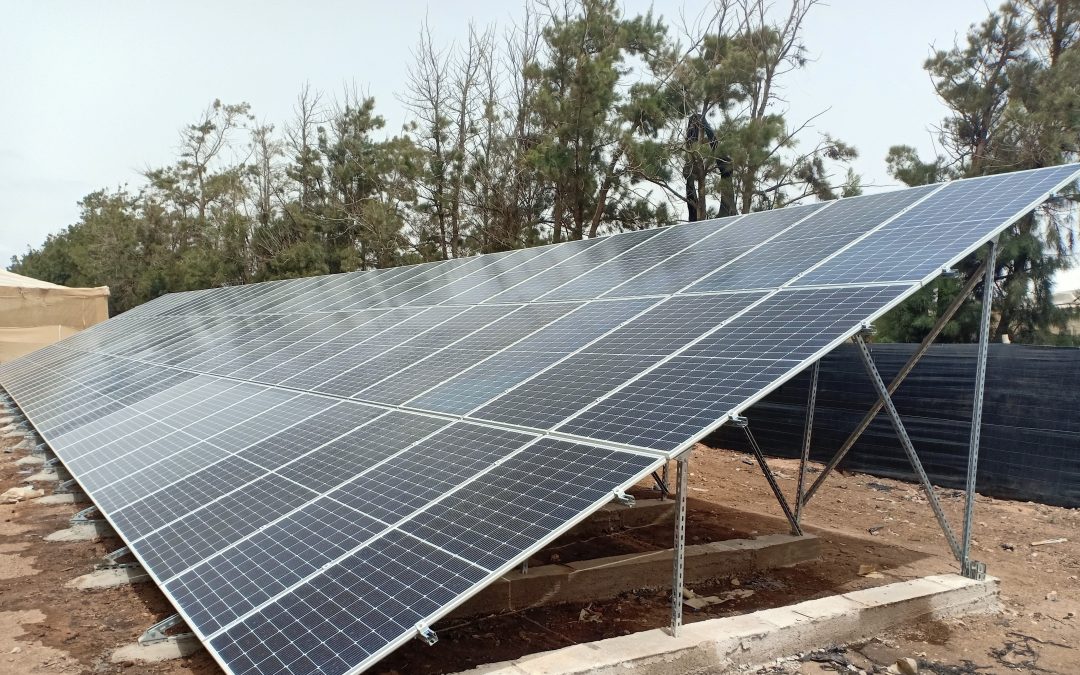In addition to solar panels, another essential element of a solar installation is the solar inverter. Are you interested in generating your own solar energy? The inverter’s role is to convert the direct current produced by the solar panels into alternating current, which can be used for our household appliances. How does it work? What are the different types of inverters that exist?
What is a solar inverter?
An solar inverter, also known as a regulator or solar converter, transforms the continuous electric current produced by solar panels into alternating current in order to allow electricity to flow and be consumed by the various appliances you use on a daily basis, as well as for lighting or heating. It is part of your solar power generation system for self-consumption.
It is essential to choose the right solar inverter, as it has an impact on the electricity production of solar panels and their performance. Whether you opt for a grid-connected system or a completely independent off-grid system, the solar inverter is essential for converting the solar energy produced by the solar panels into usable energy on a daily basis. It takes the form of a metal box of different sizes depending on the type of inverter, inside of which are various electronic components with a grid and a fan to prevent overheating.
It is important to be mindful of the language we use when discussing sensitive topics. The words we choose can have a significant impact on how the message is received.
How does it work?
The solar inverter works continuously once it has been installed and programmed. It is part of the installation in addition to the solar panels and allows for the integration of storage batteries for your electricity production. How does the solar inverter work?
The purpose of the inverter is to optimize the electricity production of a solar panel. To do this, it constantly analyzes the direct current emitted by the photovoltaic panels, as this current continuously changes based on different factors, such as sunlight. It converts this energy into domestic current and then transforms it into electrical appliances.
This device is also equipped with a microprocessor which ensures that the electricity produced meets the standards set by the grid manager.
What are the different types of solar panel inverters?
The micro-inverter
Also known as a module inverter, this is the solar inverter that is most often installed and used for private homes. Small in size, it is installed directly behind each solar panel to convert direct current into alternating current. Each panel therefore has its own inverter and is independent, which allows for optimal production even in case of failure, and consequently greater scalability of the solar array. The downside: customer service is more expensive because it requires getting on the roof to intervene.
The solar inverter of chain
This type of solar inverter collects and transforms electricity from multiple solar panels at the same time. More powerful, it allows for only one inverter to manage multiple photovoltaic panels, simplifying installation and maintenance.
The central solar inverter
The central inverter is similar to a string inverter, but it is larger and can handle multiple strings of panels. The solar panel array is getting large, so a cabinet is installed on the ground to hold the extra panels. This is especially common in commercial and industrial buildings.
The battery inverter
Some solar inverters come with a battery storage system. This allows them to store excess electricity for later use.
The string inverter
This type of inverter is very well suited for installations that have different inclinations and/or orientations. In this configuration, it is better to use a string inverter, which ensures that all modules have the same orientation. For example, if your home is oriented East-West, you can install a string inverter on each side. This way, one will produce electricity in the morning, the other in the afternoon and evening.
String inverters can also act as a backup in case of equipment failure. In this way, they can take over until the problem is fixed, which can be very convenient.
The hybrid inverter
The latest generation of power inverter, known as a “hybrid,” is intelligent. Depending on the settings, it can determine for itself whether the electricity produced should be used immediately, stored in a battery, or injected into the grid. The unit can be connected to a generator to provide backup power in case of a power outage.
The hybrid inverter is able to manage different energy sources in order to determine which type of electricity to use at what moment. It is therefore able to choose for itself between using the public electricity grid, direct consumption of power from solar panels, or stored electricity in batteries.
Solar hybrid inverters are very interesting to implement, as they allow for the most intelligent management of production and consumption. This makes it easier to make a solar installation profitable.
Contact Energy Handle for more information

